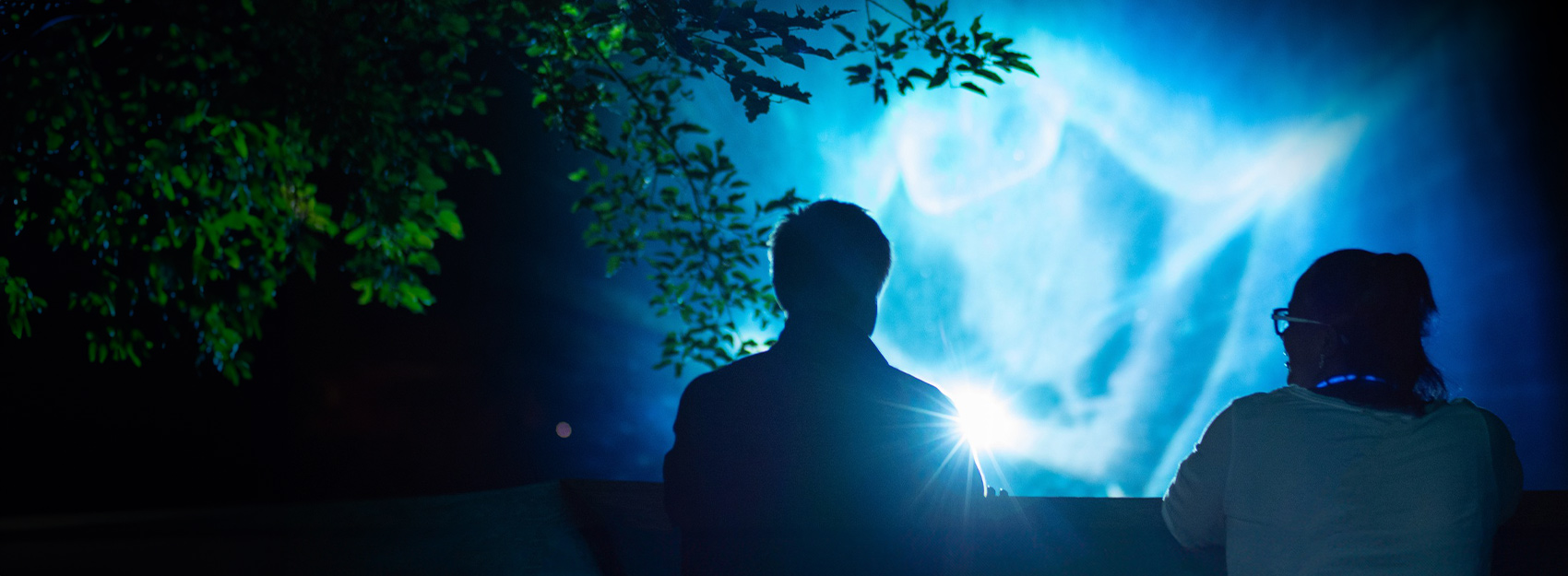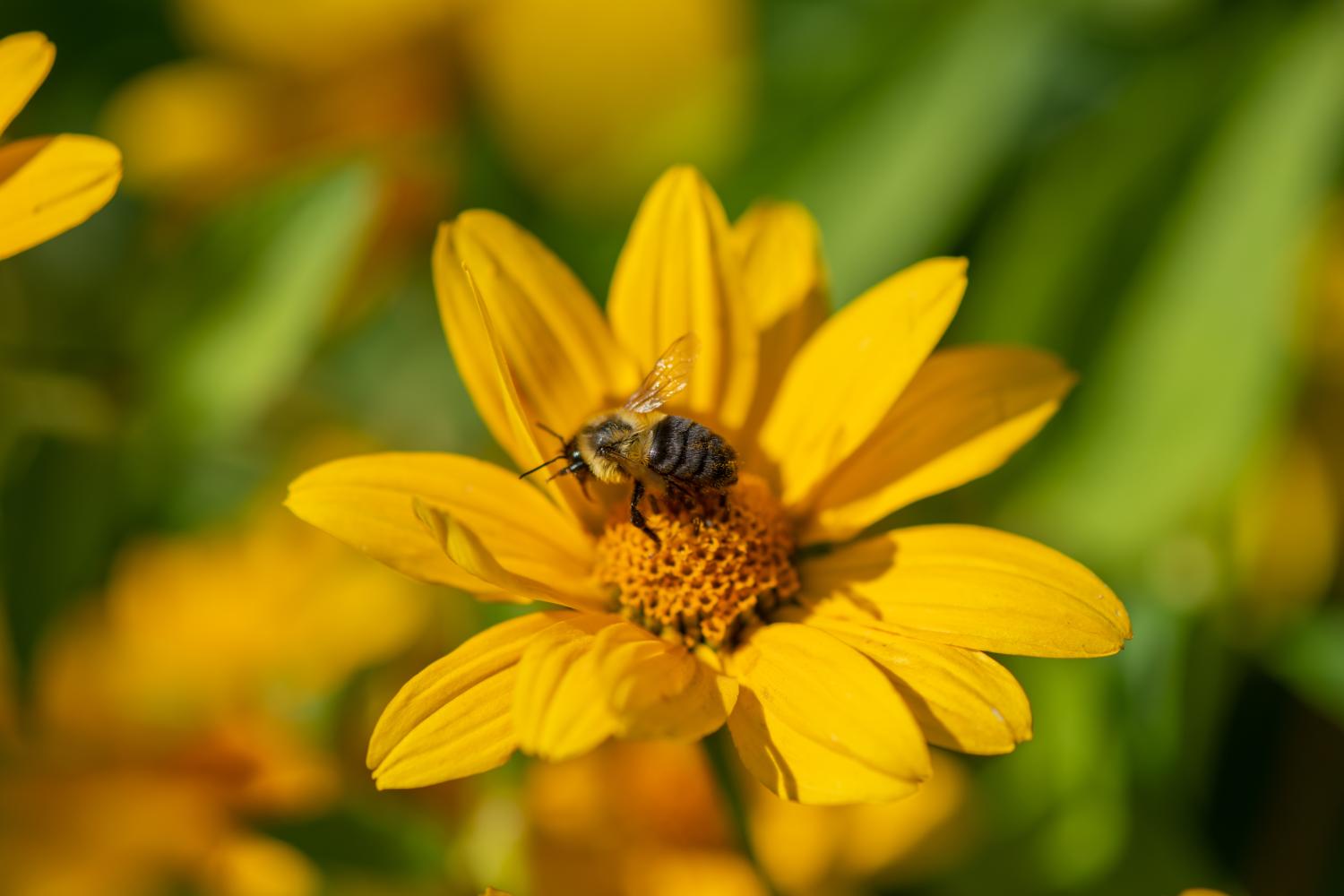
Partners in Conservation
Learn about the Zoo’s financial commitment to holistic conservation efforts in Central Africa.



The Zoo is making a significant contribution to reestablishing native prairie growth with perennial plants that produce pollinator-friendly habitats containing nectar and pollen for honeybees and wild pollinators, including hummingbirds and the monarch butterfly. The Zoo’s pollinator habitat project began in 2021 in partnership with the Bee & Butterfly Habitat Fund. The project has expanded to include a partnership with the USFWS - Partners for Fish and Wildlife Program (Service), who also provided seed and helped till many of the areas on the mounds around the parking lots and along Powell Road. Seed from both the Service and the Bee & Butterfly Habitat Fund produced almost 10 acres of new prairie.
Each pollinator site around the grounds is planted with as many as 40 different grass and wildflower varieties that are native to Ohio and the surrounding states, including wild rye grasses, sedges, milkweeds, Joe Pye weed, black-eyed Susan, coneflowers, goldenrod, asters, and many more. The seeding plan will result in different heights and bloom times to attract animals throughout the season. As they prosper over time, it may take several years to fully develop the areas, and they will change slightly from year to year. The Zoo’s Horticulture Department also seeded annual wildflowers at the edges of each area to provide color throughout the summer. The annual seeds were included in the seed mix from the Service to promote flower color even in the first growing season.
Butterfly gardens have been promoted for more than 30 years to help revive the declining population of monarch butterflies. Additionally, the focus on the decline of bee populations, particularly honeybees, has come into focus recently. Today, the terms “butterfly garden” and “pollinator garden” are synonymous as they both contain native plants that will attract and support species that rely on nectar and pollen. Individuals are encouraged to support the health of pollinators by planting their own pollinator gardens! Information on the species to plant and how-to guidelines can be obtained from the Bee and Butterfly Habitat Fund’s Pollinator Habitat Establishment & Management Guide.